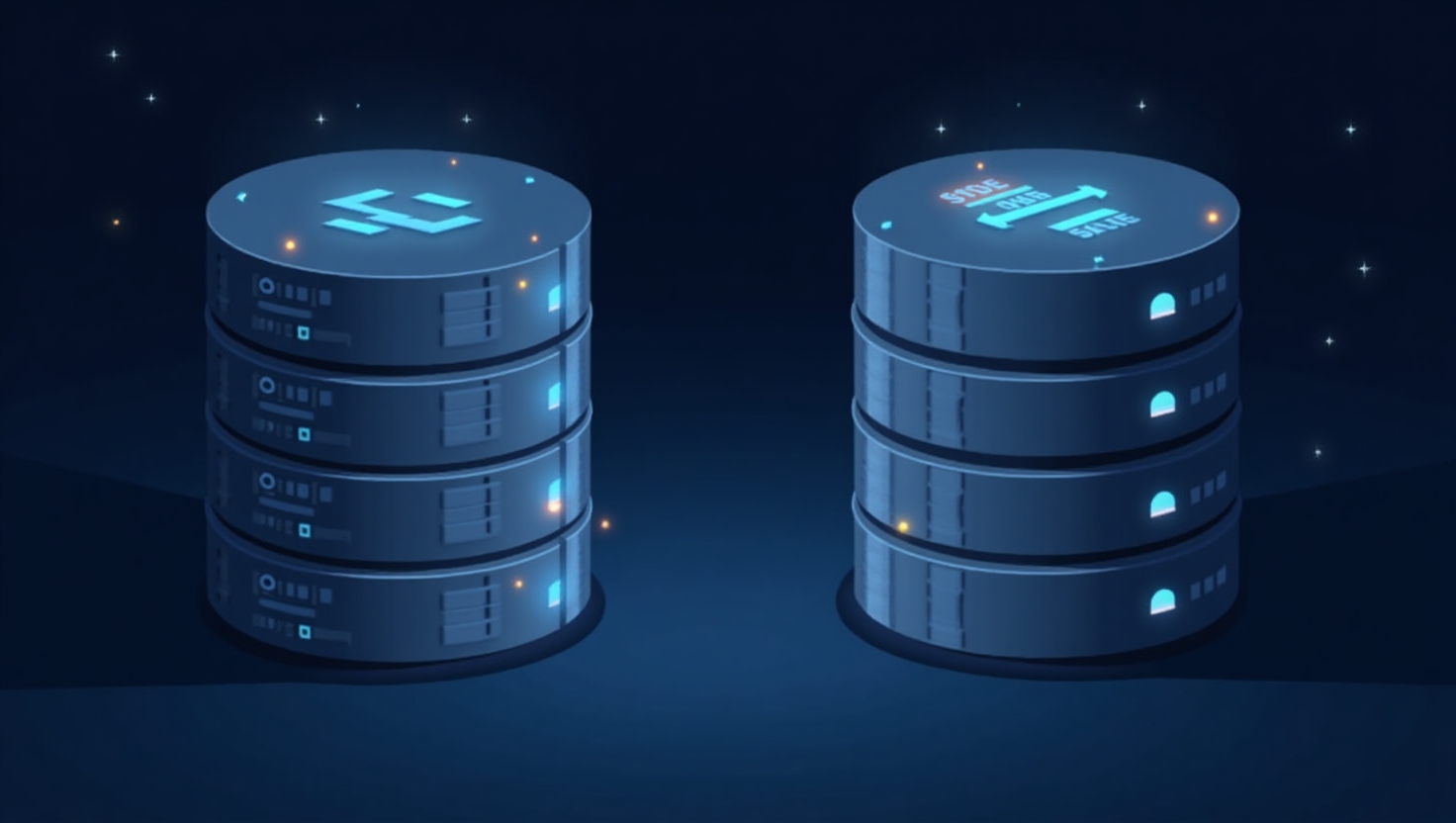1. Document Databases
Characteristics:
- Store data as documents (typically in JSON or BSON format).
- Each document is a self-contained unit of data that can have a different structure (schema-less or flexible schema).
- Suitable for complex, nested data structures.
- Support flexible querying across fields within documents.
Common Use Cases:
- Content management systems (CMS).
- User profiles.
- Product catalogs.
- Modern mobile and web applications.
Examples: MongoDB, Couchbase
2. Key-Value Databases
Characteristics:
- Store data as simple key-value pairs.
- The key is unique and used to access the value.
- The value can be any data type (string, number, JSON, binary, etc.).
- Extremely fast read/write speeds, ideal for simple tasks.
Common Use Cases:
- Caching.
- Session management.
- Configuration storage.
- Queues.
Examples: Redis, Memcached
3. Column-Family Databases
Characteristics:
- Store data in column families, which contain related columns.
- Data is organized into rows, with each row having a unique key.
- Each row can have a different set of columns, allowing for a flexible schema.
- Optimized for reading/writing many columns at once.
Common Use Cases:
- Big data analytics.
- User profiles with many attributes.
- Time-series data.
Examples: Cassandra, HBase
4. Graph Databases
Characteristics:
- Store data as nodes (entities) and edges (relationships between entities).
- Optimized for querying complex relationships between data points.
- Use graph query languages (e.g., Cypher) to explore connections.
Common Use Cases:
- Social networks.
- Recommendation systems.
- Knowledge graphs.
- Fraud detection.
Quick Comparison Table:
| Feature | Document | Key-Value | Column-Family | Graph |
|---|---|---|---|---|
| Structure | Document (JSON/BSON), schema-less | Key-Value | Column Families, Rows, Columns (flexible) | Nodes & Edges |
| Querying | Flexible across documents | Simple by key | By row and column | Graph queries (Cypher, etc.) |
| Complexity | Medium | Low | High | High |
| Scalability | Good | Very Good | Very Good | Good for dense relationships |
| Primary Use | Content, user profiles, modern applications | Caching, session, configuration | Big data analytics, time-series data | Social networks, recommendations, relationship analysis |
| Examples | MongoDB, Couchbase | Redis, Memcached | Cassandra, HBase | Neo4j, Amazon Neptune |
Conclusion:
The choice of which NoSQL database to use depends entirely on the specific requirements of your application. If you need to store complex data with a flexible structure, Document Databases might be a good fit. If speed and simplicity are top priorities, Key-Value Databases will be suitable. For handling large amounts of column-oriented data, consider Column-Family Databases. Finally, if your application focuses on relationships and connections between data, Graph Databases will be the optimal choice.
Hopefully, this comparison has given you a clearer understanding of the popular NoSQL database types. Stay tuned to Daily Comparison for more exciting concepts in the Dev world!
